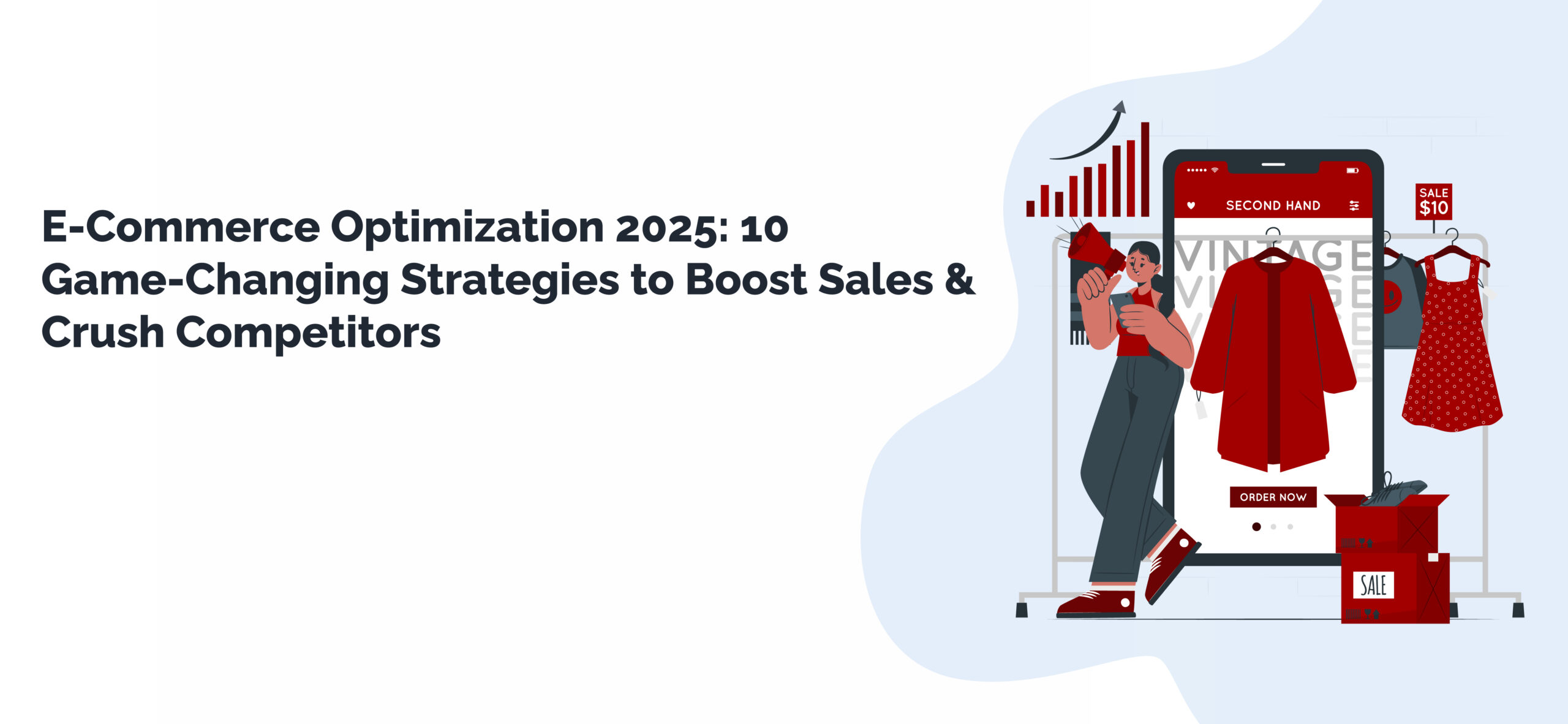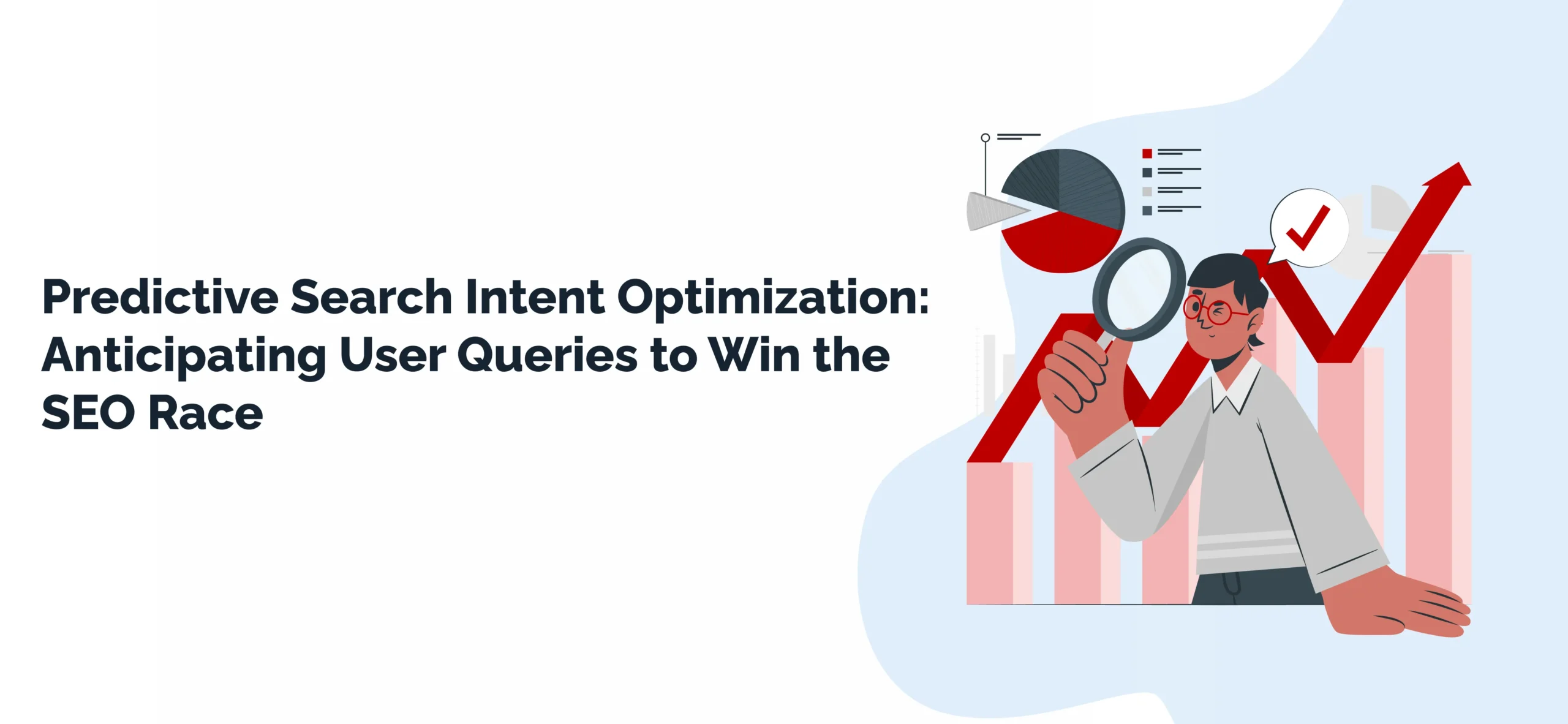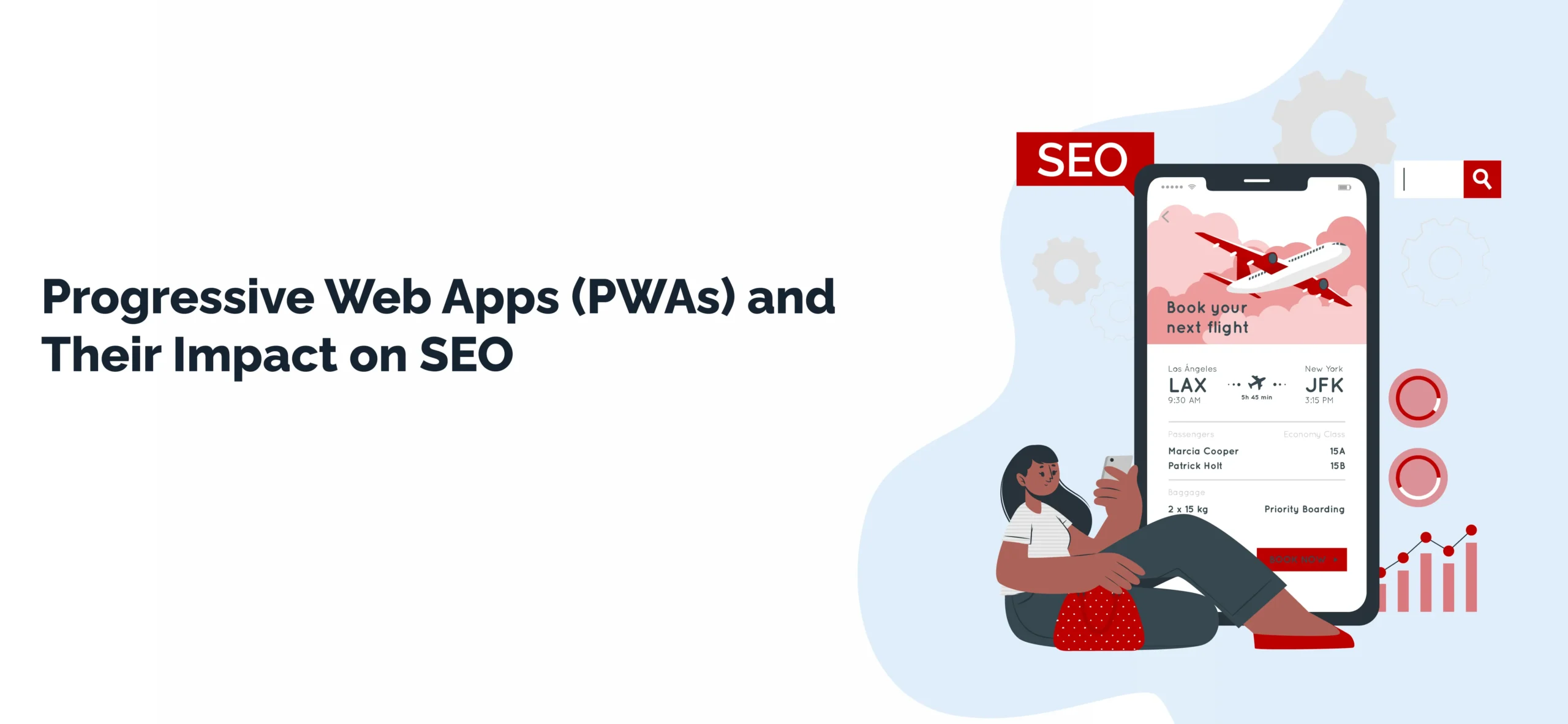The e-commerce landscape in 2025 is faster, smarter, and more competitive than ever. With AI-driven automation, hyper-personalization, and sustainability taking center stage, businesses that fail to adapt risk falling behind.
But here’s the good news: The right e-commerce tools and strategies can transform your operations, boost efficiency, and skyrocket revenue.
Whether you’re running a small Shopify store or managing a large enterprise marketplace, this deep-dive guide will walk you through the best E-Commerce tools, AI advancements, and operational strategies to dominate in 2025.
Why E-Commerce Optimization is Non-Negotiable in 2025
Before diving into tools, let’s talk about why optimizing your e-commerce operations is critical:
- AI & automation now handle 60% of customer interactions (Gartner).
- Same-day delivery expectations have increased by 47% (McKinsey).
- Personalized shopping experiences drive 3x higher conversion rates (Salesforce).
- Sustainability-focused brands see 20% more customer loyalty (Nielsen).
Simply put: If you’re not leveraging the latest tech, you’re leaving money on the table.
The shift toward hyper-automated, data-driven commerce means businesses must adopt smarter workflows. Manual processes that worked in 2020 now slow you down. AI-powered inventory systems, predictive analytics, and automated marketing aren’t just nice-to-haves—they’re essential for survival.
Customers expect lightning-fast load times, instant customer support, and personalized recommendations—all powered by AI. If your store can’t deliver, they’ll click away to a competitor who can.
1. Choosing the Right E-Commerce Platform (The Backbone of Your Business)
Your platform dictates everything—scalability, integrations, and customer experience. Here’s a breakdown of the best e-commerce platforms in 2025:
Shopify Plus
- Best for: Scaling brands, AI-powered automation
- Key Features:
- Shopify AI (predictive merchandising, smart search)
- Checkout Extensibility (customizable one-click payments)
- B2B & Wholesale Mode (seamless bulk ordering)
Adobe Commerce (Magento)
- Best for: Enterprise-level businesses
- Key Features:
- Adobe Sensei AI (personalized product recommendations)
- Headless commerce capabilities (for omnichannel selling)
- Advanced inventory automation
Magento’s AI-driven “Commerce Brain” helps large retailers optimize pricing in real time, adjusting for demand spikes and competitor pricing shifts.
BigCommerce
- Best for: Mid-market brands needing speed & scalability
- Key Features:
- Built-in multi-channel selling (Amazon, eBay, Instagram)
- AI-driven search & merchandising
- Zero transaction fees
BigCommerce’s “Intelligent Search” uses NLP (Natural Language Processing) to understand customer intent, increasing conversions by up to 30%.
Pro Tip: If you’re unsure which platform fits your business, New Jersey Tech Pioneer offers free e-commerce audits to match you with the perfect solution.
2. Inventory & Order Management Systems (Avoid Stockouts & Overstocking)
Managing inventory manually? That’s a 2020 mistake.
In 2025, AI-driven inventory systems predict demand, automate reordering, and sync across all sales channels. Here are the top tools:
QuickBooks Commerce (Formerly TradeGecko)
- AI demand forecasting
- Multi-warehouse sync
- Automated purchase orders
QuickBooks Commerce now integrates with supply chain AI, predicting delays due to weather or geopolitical events—saving businesses millions in lost sales.
Skubana
- Best for high-volume sellers
- Real-time inventory tracking
- Automated 3PL integrations
Skubana’s “Smart Replenishment” feature auto-adjusts stock levels based on real-time sales velocity, preventing both overstocking and stockouts.
Zoho Inventory
- Budget-friendly automation
- Barcode & serial number tracking
- Drop-shipping automation
Zoho’s AI-powered “Stock Health” dashboard flags slow-moving inventory, suggesting discounts before items become dead stock.
Why This Matters:
- Reduce dead stock by 30%+ with AI predictions.
- Prevent overselling with real-time sync.
A fashion brand using AI inventory tools reduced excess stock by 42% while improving fulfillment speed.
3. Payment Processing & Security (Frictionless & Fraud-Free Checkouts)
Cart abandonment costs e-commerce brands $18 billion yearly (Baymard Institute). The solution? Faster, smarter payments.
Best Payment Gateways in 2025
| Processor | Key Feature | Best For |
| Stripe | AI fraud detection, crypto payments | Global businesses |
| PayPal Commerce | One-touch checkout, BNPL options | High-trust brands |
| Square | Unified POS & online payments | Omnichannel stores |
| Authorize.net | Advanced fraud filters | Subscription businesses |
Stripe’s “Radar 2.0” now uses deep learning to detect fraud patterns before they happen, reducing chargebacks by 65%.
Security Must-Haves in 2025:
✔ Biometric authentication (fingerprint/face ID payments)
✔ AI-powered fraud detection (like Stripe Radar)
✔ PCI DSS 4.0 compliance (updated security standards)
A luxury retailer implementing biometric checkout saw a 28% increase in mobile conversions.
4. Marketing Automation & Customer Engagement (Hyper-Personalization Wins)
Generic emails? Dead.
2025 is all about AI-driven personalization:
- Klaviyo → Predictive email & SMS campaigns
- HubSpot CRM → AI-powered lead scoring
- Gorgias → AI chatbots + human support blend
Example: If a customer abandons a cart, an AI bot sends a personalized SMS with a discount—resulting in 35% recovery rates.
Klaviyo’s “Next Best Action” AI now predicts the optimal time to send emails, boosting open rates by 22%.
5. Logistics & Fulfillment (Fast, Cheap, Reliable Shipping)
Amazon’s same-day delivery has set the standard. Can you compete?
Top Fulfillment Solutions
- ShipBob → AI-powered 2-day shipping
- Amazon FBA → Prime eligibility
- Easyship → Global shipping discounts
Pro Hack: Use AI route optimization (like Via.Delivery) to cut shipping costs by 22%.
A DTC brand using ShipBob’s AI warehousing reduced delivery times from 5 days to 1.5 days.
6. Analytics & Data Insights (No More Guesswork)
“Data is the new oil.” And in 2025, it’s smarter than ever.
Must-Have Analytics Tools
| Tool | Best For |
| Google Analytics 4 (GA4) | AI-powered behavior tracking |
| Hotjar | Heatmaps & session recordings |
| Looker (Google Cloud) | Enterprise-level data modeling |
Key Metric to Track in 2025:
➔ Customer Lifetime Value (CLV) → AI predicts high-value buyers.
A skincare brand using GA4’s predictive analytics increased CLV by 40% by targeting high-intent shoppers.
7. AI-Powered Personalization & Chatbots (The Future of CX)
- ChatGPT for Shopify → 24/7 customer support
- Dynamic Yield → Real-time product recommendations
- Recom.ai → AI-driven upsell prompts
Stat: AI personalization increases conversions by 45% (Accenture).
A furniture store using AI chatbots reduced support tickets by 50% while improving satisfaction scores.
8. Social Commerce & Influencer Marketing (Sell Where Customers Scroll)
TikTok Shop + Instagram Shopping = 2025’s biggest sales channels.
Top Tools:
- TikTok Shop → Sell directly in videos
- Upfluence → AI-powered influencer matching
- Hootsuite → Schedule shoppable posts
Case Study: A beauty brand using TikTok Shop saw a 300% ROI in 3 months.
9. Sustainability & Green Commerce (Eco-Conscious = Profitable)
73% of shoppers prefer eco-friendly brands (IBM).
How to Go Green in 2025:
- EcoCart → Carbon-neutral checkout
- Planet App (Shopify) → Offset shipping emissions
- Sendle → 100% carbon-neutral deliveries
A shoe brand using EcoCart saw a 15% increase in conversions from eco-conscious buyers.
10. Customer Retention Strategies (Because Acquiring New Customers is 5x Costlier)
- Loyalty Programs (Smile.io, Yotpo)
- Subscription Models (ReCharge, Bold)
- Post-Purchase Engagement (Automated thank-you discounts)
A coffee brand using subscriptions increased repeat purchases by 120%.
Final Thoughts: Future-Proof Your E-Commerce Business in 2025
The e-commerce landscape in 2025 is no longer just about having an online store; it’s about creating a seamless, intelligent, and hyper-efficient shopping experience. Customers today expect lightning-fast load times, personalized recommendations, instant customer support, and sustainable practices. If your business isn’t leveraging the latest AI-driven tools and automation, you’re already falling behind competitors who are.
The key takeaway? Optimization is no longer optional—it’s a necessity. From AI-powered inventory management to dynamic pricing algorithms, the brands that thrive in 2025 will be those that embrace data-driven decision-making and automation at every level. Whether it’s reducing cart abandonment with smarter checkout flows, boosting retention with loyalty programs, or cutting costs with AI logistics, every aspect of your operations can and should be optimized.
At New Jersey Tech Pioneer, we specialize in helping businesses like yours future-proof their e-commerce operations. Our team of experts stays ahead of the curve, ensuring you have access to the latest tools, strategies, and AI advancements that drive real results. Whether you need a complete tech stack overhaul or targeted optimizations, we tailor our solutions to maximize your efficiency, conversions, and profitability.





